Equipment
Tools of the trade
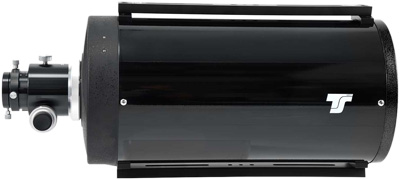
OTA
The TS RC8 200/1600 hyperbolic reflector telescope in conjunction with the Astrophysics CCDT67 0.67x reducer, is the right choice to capture small and medium-sized deep-sky objects. Its native focal length of 1600 mm allows me to capture tiny details in most galaxies and nebulae while the fast f/5.2 f-ratio achieved using the focal reducer makes the integration process rather quick even for extremely faint targets.
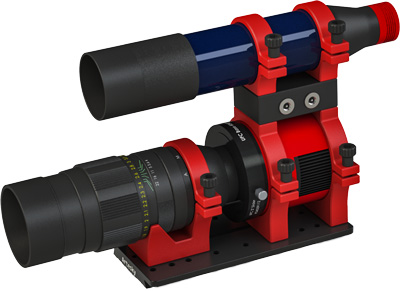
Wide field OTA
The Jupiter 21M is a well-known vintage russian lens offering an astonishing price to performance ratio. Thanks to its 200 mm focal length it allows me to capture really wide fields across the Milky Way. When used at a focal ratio of f/5 almost any chromatic and geometric aberration disappears, a great feature when imaging large star fields.
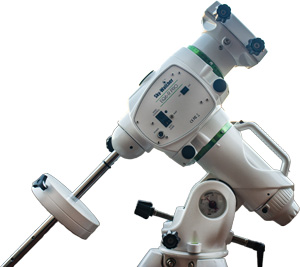
Mount
Since 2007 the famous Sky-Watcher EQ6-R Pro mount is in charge of carrying optics, sensors and all the accessories needed to capture all the astronomical images I take. The fundamental task of accurately tracking the apparent rotation of the sky is much more precise than the old Sky-Watcher EQ6 Pro (that it replaced) thanks to the all-new belt-driven axis which drastically reduces backlash in the movements. A great piece of equipment that always keeps pace.
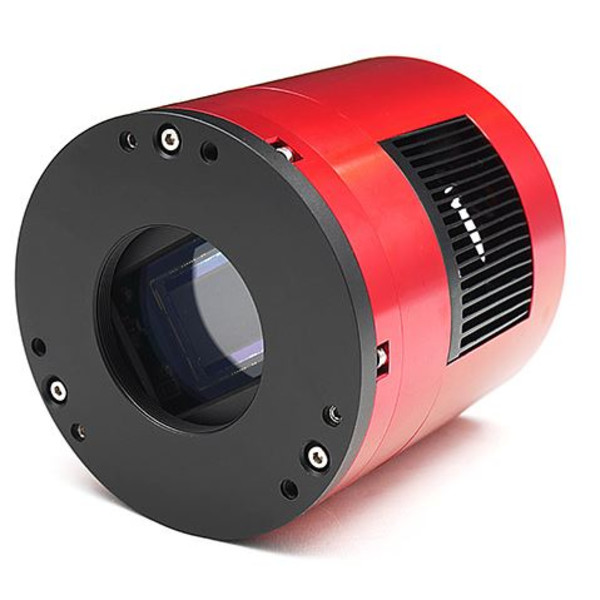
Sensor
Since June 2020 all my images are captured using the extremely popular ZWO ASI071MC Pro astronomy dedicated camera, taking the place of my old Canon EOS 1200D. Said camera uses the famous Sony IMX071 color CMOS sensor resulting in high light sensitivity and very low noise levels (thanks to the thermoelectric Peltier cooling system providing up to 35°C of thermal delta under ambient temperature).
The very high Full Well Capacity (reaching 48600e) and the generous sensor size of 23.6×15.6 mm (4.78 µm pixels, 4944×3284 px) make this camera a great choice for amateur astrophotography.
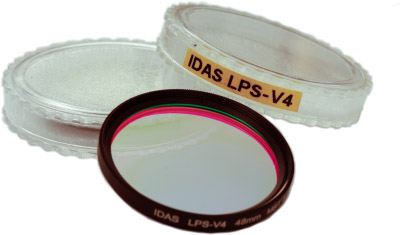
Filters
Filters are fundamental accessories in my setup, they help to limit the bad effects of light pollution generated by city lights.
- Hutech IDAS LPS-D1: broadband light pollution filter to be used under a slightly polluted sky, it ensures accurate color fidelity in final images
- Hutech IDAS NBZ: nebular narrowband multipass filter centered on Hα and OIII, it cuts out light pollution and only lets through the wavelengths emitted by the selected elements. Thanks to its features, it allows for some great “bicolor” Hα-OIII compositions
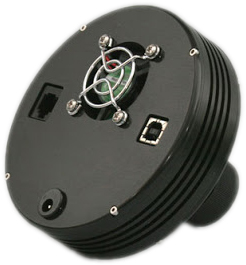
Autoguiding
As for autoguiding I use an off-axis guider that combined with the CCD Orion Starshoot Monochrome DSI camera (with 7.4 µm pixels) allows me to take up to 1200s long exposure while still maintaining round stars.
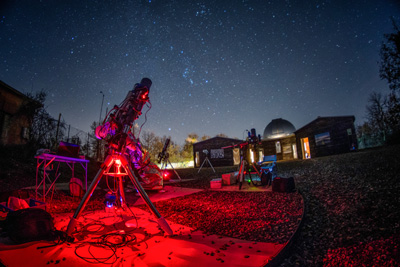
The sky
The sky from my balcony (where I take most of my images) is not great at all: the estimated SQM reading is about 18.6 (Bortle class 8). The sky region available to me is the east one, but from south-east to south it is completely washed out due to the light pollution emitted by Florence (so it is totally unusable).
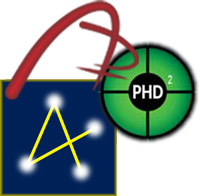
Software
Both my rigs are controlled by my PC connected to the telescoped via a 10 m USB active cable. The software I use is:
- EQMOD: mount management
- Cartes du Ciel: planetary for star synchronization via the ASCOM platform
- PHD 2: auto-guiding system via the ASCOM platform
- NINA: capture sequence management
- Pixinsight: initial image postproduction
- Photoshop CC: final image postproduction